news
Home / News / Industry News / How to choose the right size of gasoline-powered water pump?
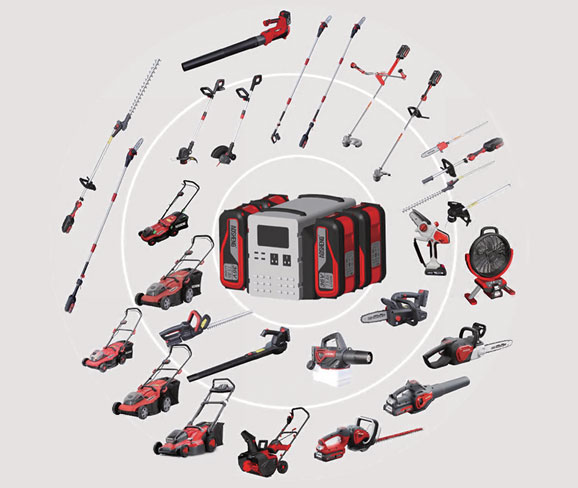


Home / News / Industry News / How to choose the right size of gasoline-powered water pump?

First, you need to clarify your usage scenarios and needs. Different scenarios and needs have different requirements for the size and performance of gasoline-powered water pumps. For example, if you need to irrigate farmland, you may need a water pump with a large flow rate and moderate head; if you need to pump water from a deep well, you may need a water pump with a higher head.
Second, consider the size of the plot and irrigation needs. As mentioned in reference article 1, the size of the plot and irrigation needs are important factors in choosing the size of the water pump. Generally speaking, the larger the plot, the greater the flow rate required, so you may need to choose a larger pump. In addition, consider the number of acres that need to be irrigated per hour to ensure that the flow rate of the water pump can meet your needs.
Next, consider the flow rate and head of the water pump. The flow rate is the volume of liquid entering and leaving the pump inlet per second, usually in liters per second or cubic meters per hour. The head is the height of the pumped water, that is, the height difference from the water source to the target location. When choosing the size of the water pump, you need to ensure that the flow rate and head of the water pump can meet your needs. References 2 and 4 provide flow and head ranges for different sizes of pumps, and you can choose according to your needs.
At the same time, you should also consider the power of the pump. Power is the power required for all the mechanical parts of the pump to work, usually in horsepower (HP) or kilowatts (KW). The greater the power, the larger the size of the pump. When choosing the size of the pump, you need to make sure that the pump is powerful enough to cope with your usage scenarios and needs. Reference 5 provides power ranges for different sizes of pumps, which you can use as a reference.
In addition, you can also consider some additional factors. For example, if you need to move the pump frequently, you may need to choose a lighter and easier to carry pump; if you need to work continuously for a long time, you may need to choose a pump with higher durability and stability.
After considering the above factors, you can start browsing and comparing different brands and models of pumps on the market. You can refer to the product's specification sheet, performance parameters, user reviews and other information to help you make a decision.
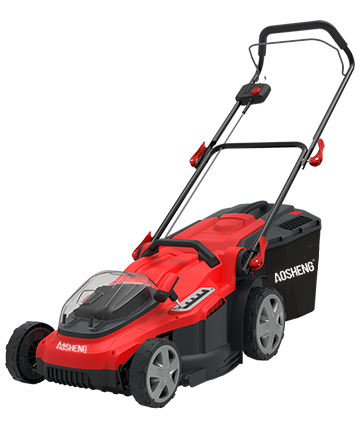
Deck Size:40CM/16INCH 3-in-1 function: Mulching, rear bagging&side discharge Easy-to-use fold-in system
See Details
Turbine boost functionBig air volumeInstant startBackpack option for extra battery power
See Details
Extension height of 400cmOregon Bar & ChainTool-less chain tension systemAutomatic oiling systemBackpack option for extra battery power
See Details
Extremely comfortable adjustable handle Large capacity fuel tank The largest air volume in China Use fire-retardant pipes to extinguish the fire Luxury widen & thicken straps Patented engine reac...
See Details
Suction and blowing Euro 5 certification Rubber-coverd handle, Strength nylon collecter.
See Details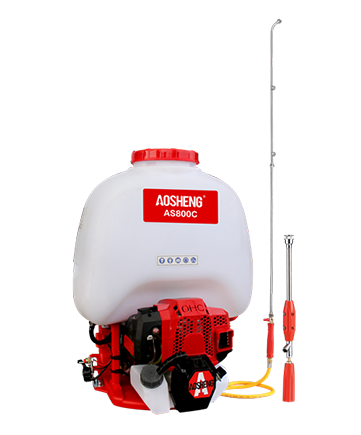
High preformence engine with high quality accessories. Copper meterial pressure pump, corrosion resistance.high atomization effect. Used in agriculture,eqidemic prevention, and disinfection.
See Details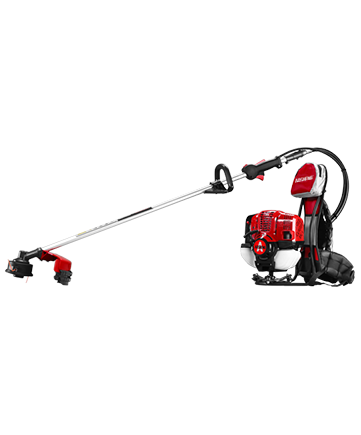
Professional engine, strength power.low consumption, easy to start.Rotating 360°Comfortable control handle and sponge belt. The trimmer head can offer a 460mm cut width. alloy blade diameter is 10 inc...
See Details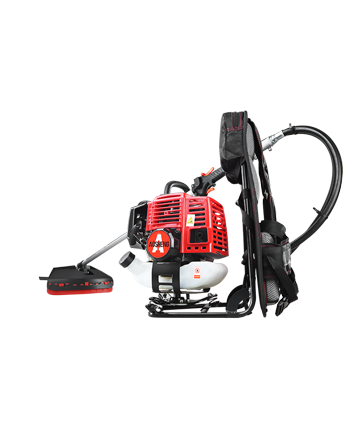
High-performance engine, displacement is 33CC.Professional use opens up wastelandTube size 26mm*1.5mm, strength flexible shaft.Cutting width is 420mmLifetime over 150hours
See Details
High-performance 4-stroke engine,displacement is 38CC. Professional use in the open-up wasteland Tube size 26mm*1.5mm, strength flexible shaft.Cutting width is 420mm Life time over 150hours New design...
See Details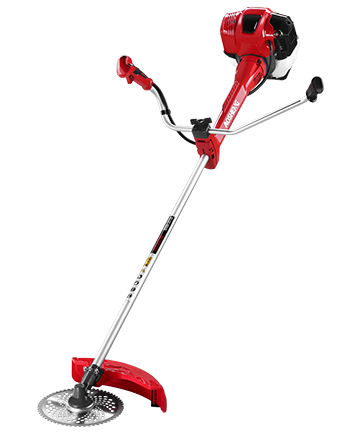
Professional engine, strength power. low consumption, easy to start.Rotating 360°The pole part uses a damper cover. The control handle can rotate 180° to decrease absorption. Rubber-covered handles ma...
See Details
Professional engine, strength power. low consumption, easy to start. Rotating 360° The Pole part uses a damper cover. The control handle can be rotated 180° to decrease absorption. Rubber-covered hand...
See DetailsIf you are interested in our products, please contact Us
ADDRESS : Linshan Industrial Park, Yuyao City, Zhejiang Province, China.
TEL : 0086 0574 62036288
EMAIL :
[email protected]
[email protected]